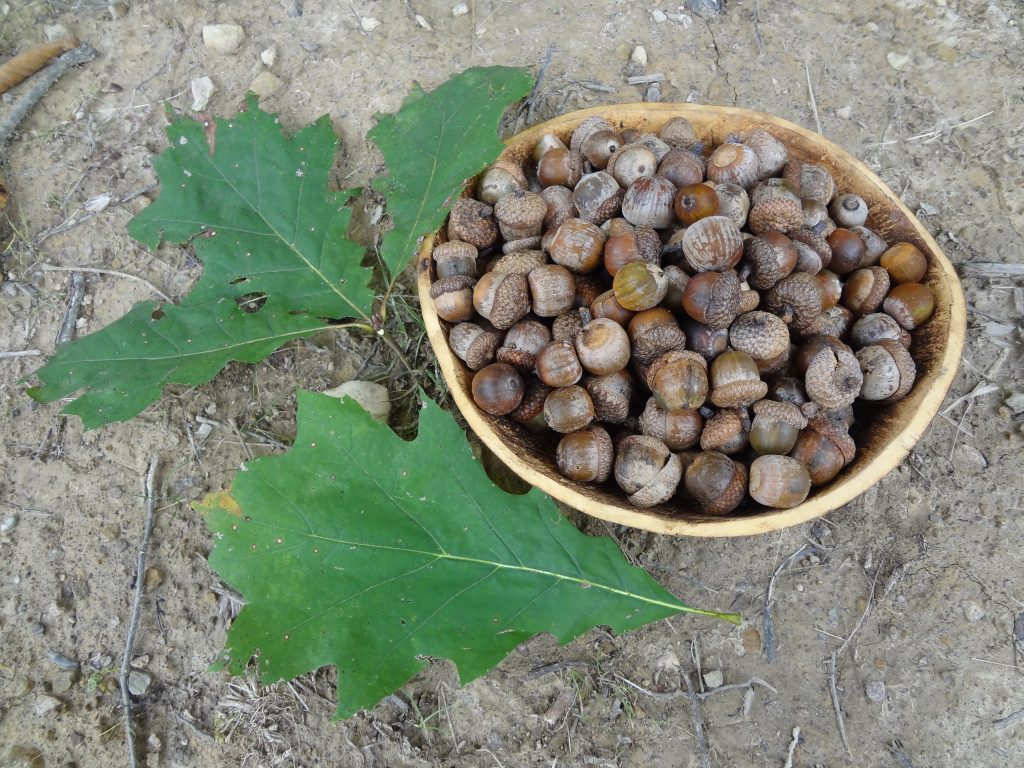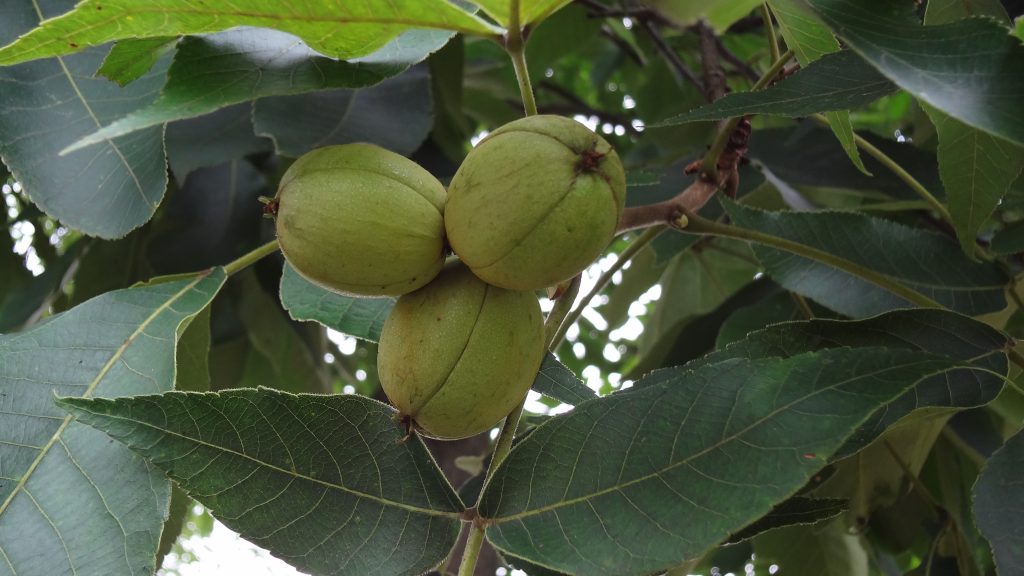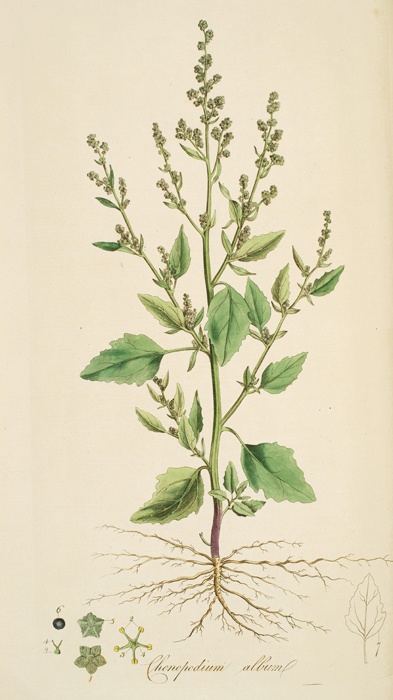A walk in Squirrel Hill is always pleasant, but as I followed the sidewalk yesterday after a summer of ethnobotanical study, I looked at the plants growing along the street with fresh eyes.
Take the oaks (Quercus), for instance, as prominent in this city neighborhood—where they sustain the squirrels that give it its name—as they would have been in the forest surrounding Meadowcroft Rockshelter thousands of years ago. The acorns produced by these trees provided food not just for local animals, but for local people as well, who learned to remove the tannins in these nuts by boiling them, thereby gaining access to an abundant source of nutrients. Together with hickories (Carya) and walnuts (Juglans) and beeches (Fagus), among others, the nut trees native to Southwest Pennsylvania were an invaluable source of food for occupants of the forest—human and animal alike.



However, these trees have an odd strategy. Some years, a sidewalk lined with oak trees will be absolutely overflowing with acorns; other years, the trees will produce remarkably fewer nuts. This method of reproduction is known as “mast seeding,” and it is the trees’ way of controlling the size of animal populations, so as to create the greatest number of tree-babies.
So how did local people living long ago cope with having such a fickle food source? Part of the answer lies in another plant I found towering over me on every block as I took my stroll through Squirrel Hill: sunflowers.
The sunflower (Helianthus annuus) belongs to a suite of crops that people right here in Eastern North America (well, in the Mississippi Valley) began to cultivate about 4,000 years ago, a group known as the Eastern Agricultural Complex (EAC); in addition to sunflowers, it includes numerous less-familiar plants, including goosefoot (Chenopodium sp.), sumpweed (Iva annua), maygrass (Phalaris caroliana), little barley (Hordeum pusillum), and erect knotweed (Polygonum erectum). Cultivation of the EAC spread from its origin just west of our region until the ancient people of Southwestern Pennsylvania had not just highly variable wild foods, like acorns, to eat, but also a set of more consistent crops that they could grow for themselves.
The importance and relationship of nut trees and EAC crops is just one of the topics I was able to research during my summer ethnobotany internship at Meadowcroft Rockshelter and Historic Village, but it is one of which I am reminded in even the most unlikely places—even in an urban setting like Squirrel Hill, where the same plants that once nourished local communities continue to provide shade and beauty to our city streets.
Emma Petrick is an intern at the Meadowcroft Rockshelter and Historic Village.